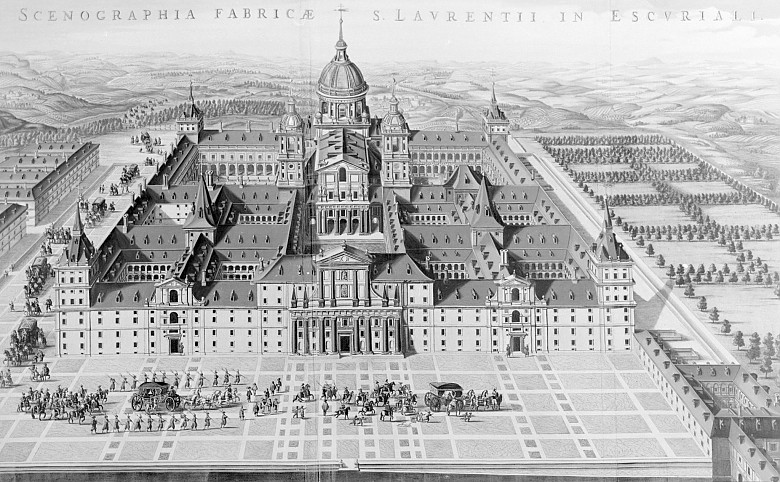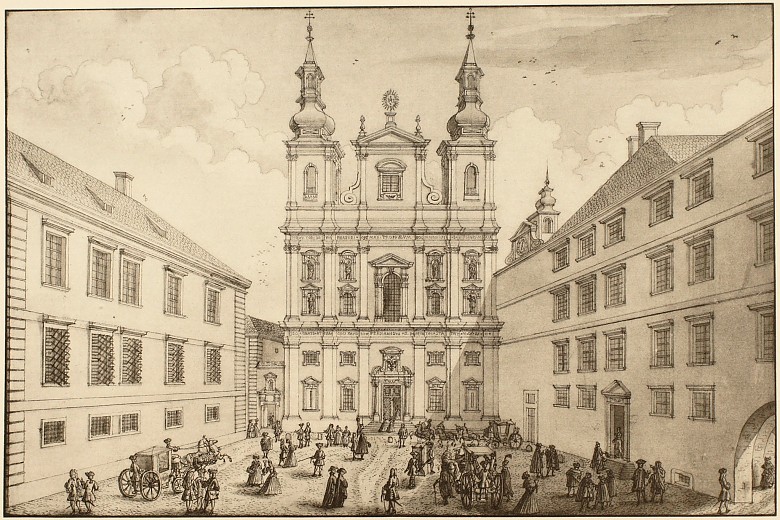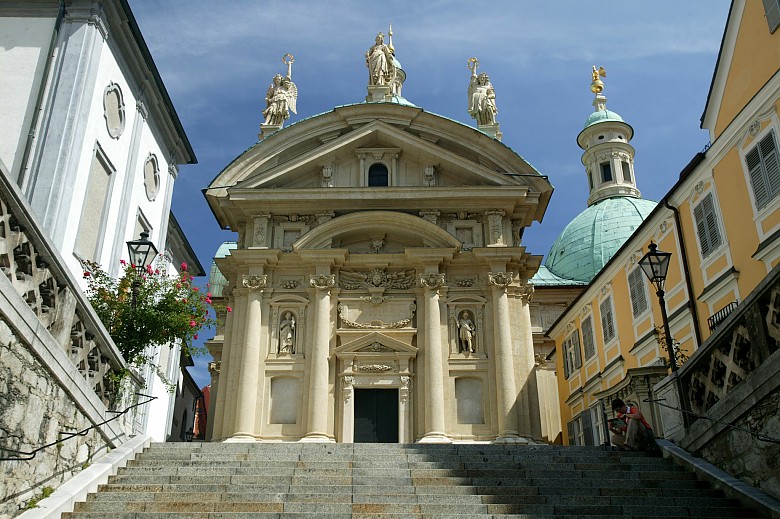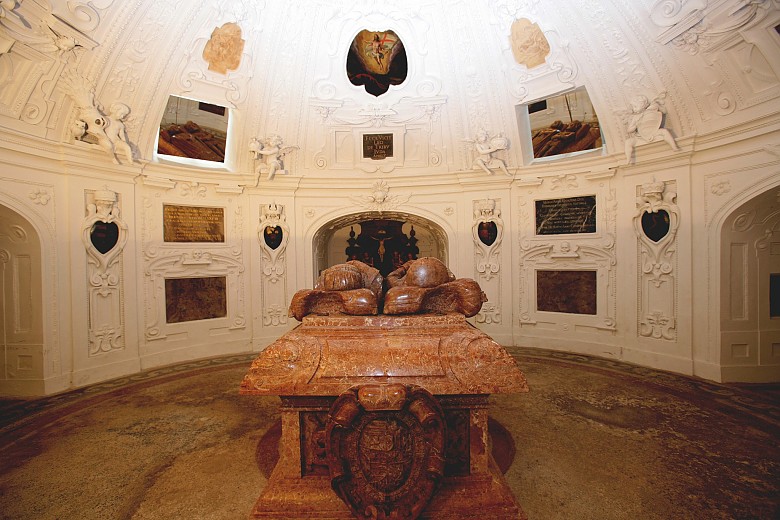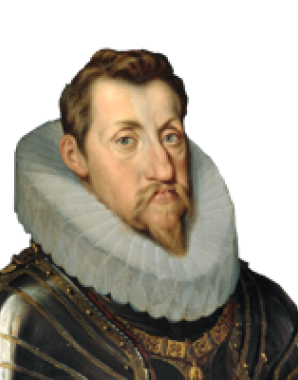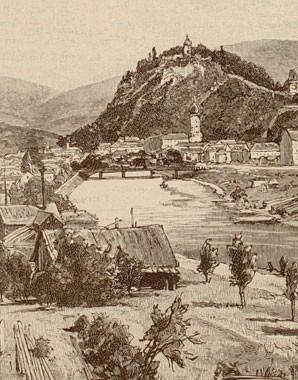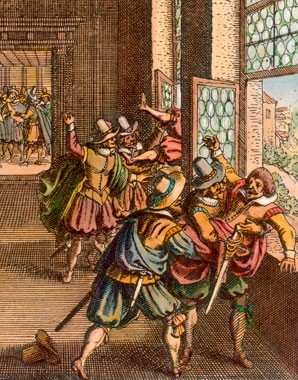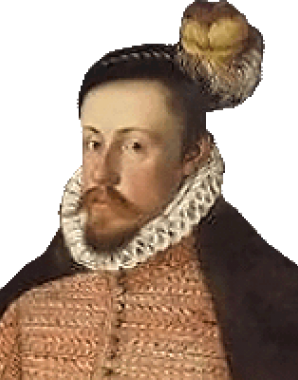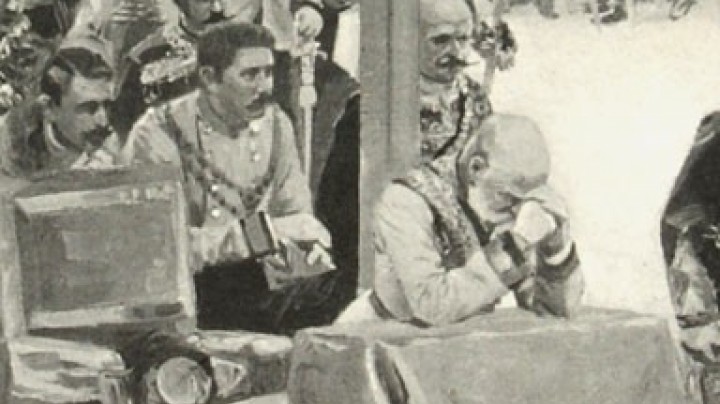The counter-reformers: Charles II of Inner Austria and Ferdinand II
Charles II of Inner Austria was an important supporter of the Counter-Reformation. Attempts by his son, Emperor Ferdinand II, to implement counter-reformatory ideas in Bohemia became one of the causes of the Thirty Years’ War.
During the Counter-Reformation increased attention was paid to the building of churches and religious foundations. The first ecclesiastical building to be erected in Styria for some time was the cloister at Seckau Abbey commissioned by Charles II of Inner Austria (1540–1590) shortly before his death.
Next to the cloister, in the Romanesque basilica of Seckau, then the diocesan church of Styria, Charles had his mausoleum built by northern Italian artists whose influence is particularly noticeable in its rich stucco decoration.
Under Charles’s son, Ferdinand II, (reigned as emperor from 1619 to 1637) the west wing of Seckau Abbey was extended on a grand scale from 1625. The sober, uniform and almost barrack-like architecture recalls the Escorial, the monastic residence of Phillip II of Spain, Ferdinand’s uncle twice removed. The monastery at Seckau is today regarded as the most important monument of the Counter-Reformation in Styria.
Emperor Ferdinand II also provided a substantial financial contribution to the construction of the Jesuit Church in Vienna (1627–1631). The inscription on the façade relates that the edifice was built to give thanks for the victory at the Battle of the White Mountain.
In 1614 construction began on a splendid mausoleum for Ferdinand next to the cathedral at Graz, where he was finally interred.


